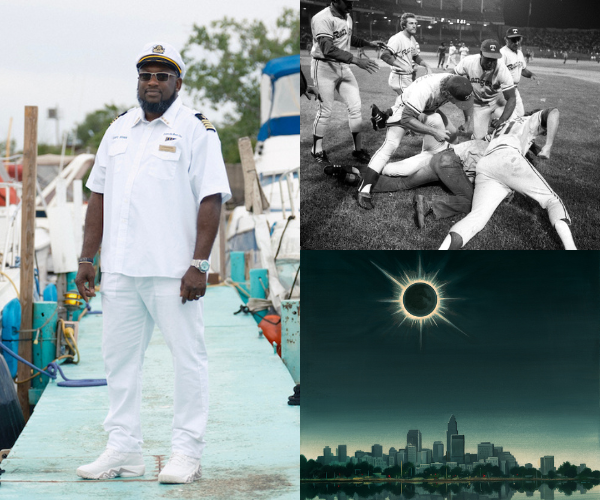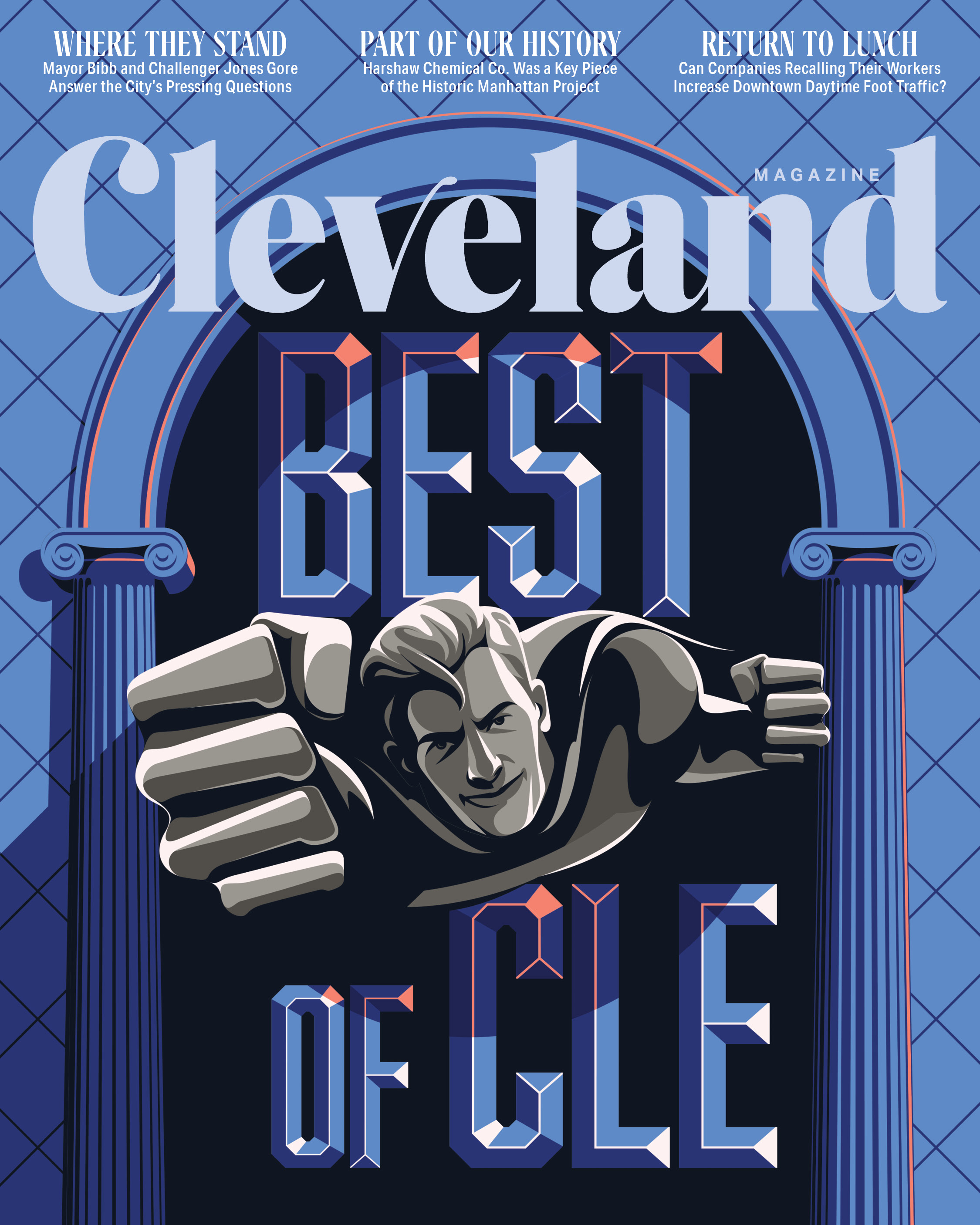Cleveland needs a championship.
Danny Ferry doesn’t.
He’s already won two: one as a player and one as an executive with the San Antonio Spurs. But that doesn’t mean there isn’t something left for him to achieve here with the Cavaliers.
Heck, even the most casual fan remembers Danny Ferry (see “Revenge of the Gym Rat,” page 136).
In 1989, more than one national publication was touting the Cavs as the “team of the ’90s” with its core of young, talented players that included Mark Price, Brad Daugherty, Ron Harper and veteran leader Larry Nance. (The season before had ended in the heartbreak of “The Shot,” Michael Jordan’s playoff jumper over Craig Ehlo at the buzzer.)
With just a few weeks gone in that ’89 season, however, the Cavaliers traded Harper, their leading scorer, for Ferry, the former college player of the year who was playing in Europe rather than for the woeful Los Angeles Clippers, the NBA team that had drafted him.
Ferry wouldn’t join the team until the following season, but the criticism began immediately.
Even former Cavaliers general manager Wayne Embry dubs it “The Trade” in his book, “The Inside Game,” granting it status next to “The Drive,” “The Fumble” and “The Shot” as one of this town’s mythologically huge sports disasters.
“The [press] release said Ferry would be worth the wait and recalled how the Boston Celtics had waited a year for Larry Bird after drafting him as a junior,” Embry writes in his book. Embry says he insisted the line be removed, but was overruled. “To this day, I think it was a mistake, created unrealistic expectations, and set Ferry up to fail.”
No kidding.
Ferry’s 10-year, $34 million deal couldn’t have helped stifle expectations either.
To make matters worse, Reggie Williams, the other guy the Cavs received in the Ferry deal (in exchange for two first-round picks), was waived midseason in ’89.
When he finally arrived in 1990, Ferry had “lost his jump shot and his confidence,” according to Embry, and was beaten out for the starting small forward slot by rookie Winston Bennett (a name that even devoted fans will have trouble recalling).
Ferry was booed at home. The team missed the playoffs. And from that season on, Bird’s legend status was never in any jeopardy (if it ever really was).
“I probably have been asked about that trade almost every day since and, believe me, I have asked myself about it, too,” Embry writes in the 2004 book. “It has been a true test of my convictions.”
It tested Ferry in similar ways. But for all that fans criticized Ferry, no one ever questioned his work ethic, his commitment or his heart.
“He hung in there when most people may not have hung on to their sanity,” says Ferry’s wife, Tiffany. “He learned a lot about himself during that time. He found the inner strength he needed to get through that time, and he’s been able to keep drawing on that strength ever since.”
That fortitude will no doubt come in handy during his second tour here, as general manager. If expectations were too high for Ferry when he arrived as a player, they’re not much lower now: Deliver that championship we expected in the ’90s and keep LeBron from fleeing to L.A. or New York.
At least now, he’s better prepared. He’s already survived about the worst this town and its fans have to offer.
Ferry wants to build the kind of team that Embry would be proud of. “I want to build a culture here,” Ferry says, “about character, about winning, about loving to play, about longevity.”
It’s the kind of player Danny Ferry was and, by all accounts, the person he is — which may be all the better for the future of the Cavaliers.
Because as Wayne Embry says: “Star players set the standards for the next generation of players to follow. Champions set the standards for teams to follow.”
Trending
-
1
-
2
-
3
-
4
-
5










